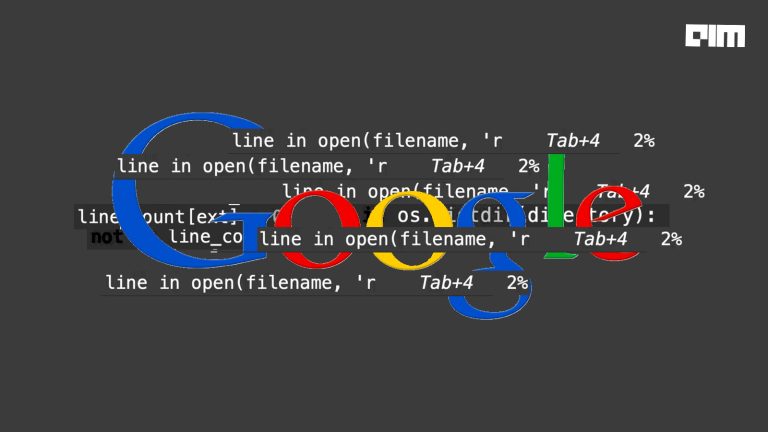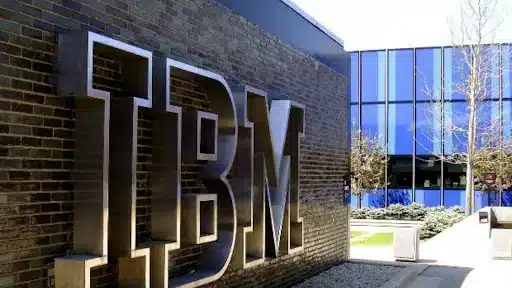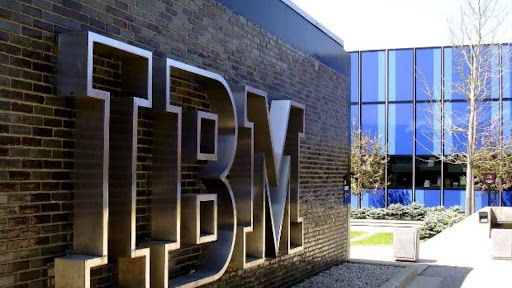“We Stand at a Critical juncture in our collective efforts to address the climate emergency. Our War Against Nature must stop,” said UN Secretary-General António Guterres.
Machine Learning (ML) for data processing, facial recognition, and recommendation systems and to create real-time personalisation have been making headlines. The trend seems perfect until we recognise that humanity needs to tackle their self-created worst problem – case in point, environmental degradation.
From devastating fires in California’s forest every year and flooding in Europe to the increasing intensity of cyclones in South-east Asia and damaging corals along the Great Barrier Reef in Australia, act as a warning by nature to better understand or perish forever. So, can machine learning be an answer to bring about environmental justice from a mere concept to reality?
Researchers from Stanford University’s recent analysis have proved how ML algorithms or techniques hold the promise to ensure ‘Environmental Justice.’ Using ML algorithms to process data across the US cities, the Stanford research team has devised a way to bring transparency, accountability to the parties concerned, and compliance to support the US Environmental Protection Agency (EPA) to minimise violations of the Clean Water Act.
Overview of the Research
The US EPA, aimed at limiting the discharge of pollutants directly into the water bodies and reducing non-compliance from facilities by 2022, was looking out for machine learning techniques for assistance. To aid environmental compliance, researchers from Stanford’s Regulation, Evaluation and Governance Lab (RegLab) were partnered.
To facilitate the research, millions of recorded observations on historical discharge volumes, enforcement history, and the number of emissions were taken from the EPA database. Besides, demographic data, household income, and population density of the riskiest facilities were analysed for overall planning — a task impossible to accomplish using traditional methods.
After diving deep into the details, experts came out with the two best possible scenarios. Firstly, instead of EPA’s focus on ‘individual permits’, the focus should be shifted towards ‘general permits’ targeting multiple discharging units with similar activities for better compliance and a holistic approach. Secondly, instead of setting targets to reduce non-compliance, one should emphasise over-polluters to produce better results.
Elinor Benami, a faculty at the RegLab and assistant professor of agricultural and applied economics at Virginia Tech, said, “Careful algorithmic design can help regulators transparently identify how objectives translate to implementation while using these techniques to address persistent capacity constraints.”
ML for Environmental Sustainability
“Smart City” – the concept we all have heard over the years, relies on smart solutions. Today, pollution is a problem that most of our metropolitan cities are facing very often. So, is it possible to deploy machine learning techniques and IoTs for a better response?
IBM’s Green Horizons is one of the best answers to the question mentioned above. The platform collects various data, including emissions from all significant sources, airflow direction, weather, humidity, traffic levels using numerous IoT sources. And then, the ML technique is employed to create accurate and reliable weather forecasts of different areas. It helps in identifying potential hotspots, which can further be used to provide area-specific solutions. This allows experts to model an environment-friendly and cleaner future.
Wild Me by Microsoft AI for Earth is another platform to fight the extinction of species. Users on social media scan and contribute images to the cloud for the computer vision models to classify these species and individual animals, using a pattern recognition technique. Post that, scientists use the aggregated data to keep track of species, animal encounters, and human movements.
So, What’s the Point?
Technology and nature are not contradictory concepts; instead, they complement each other well — provided humans try, learn, and implement machine learning techniques to create better solutions. Time is ripe, technologies are ripening – waiting is not an option, but finding a sound rhythm between the two, holds the key to doing justice to our environment.




















































































